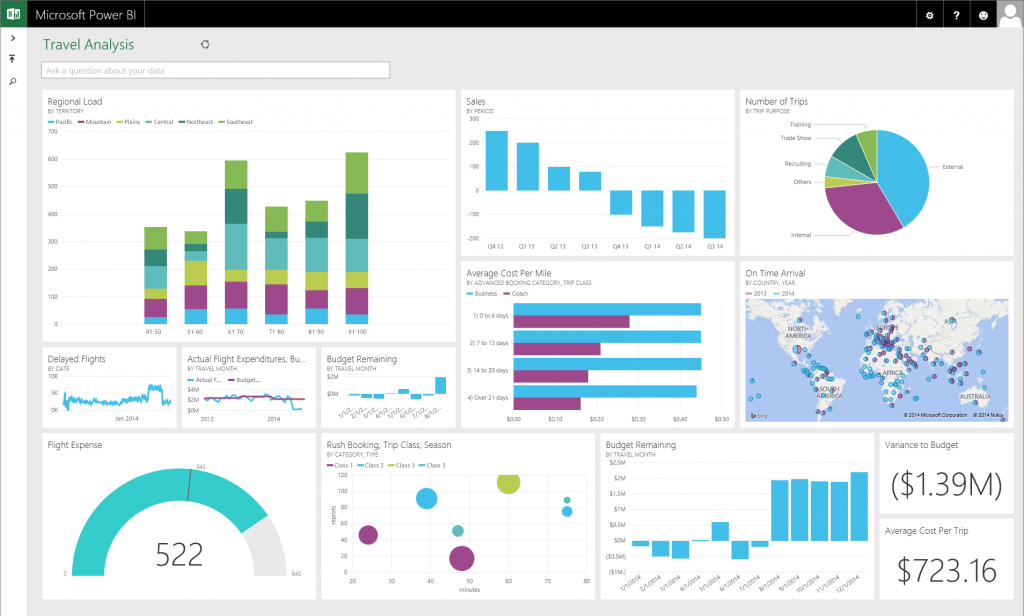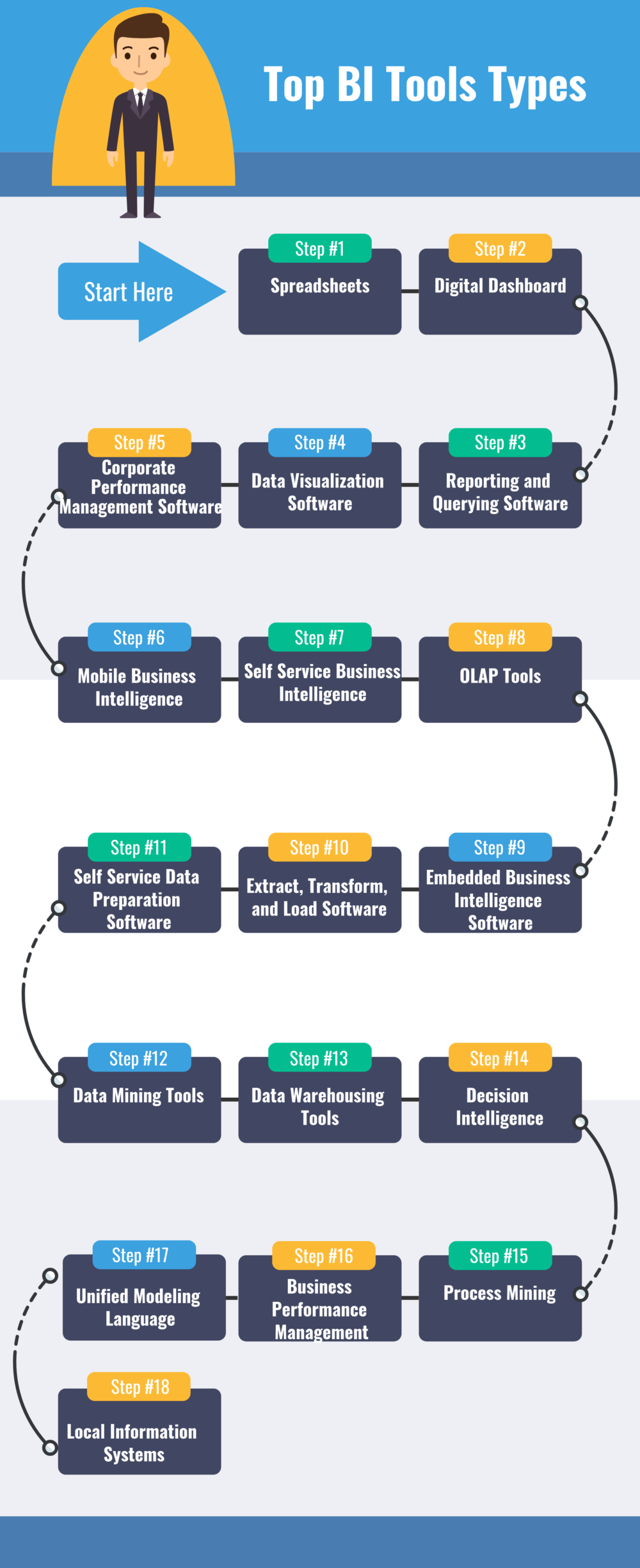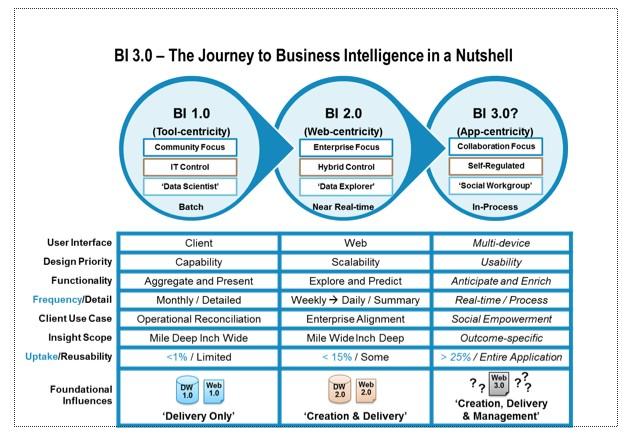Don’t Get Caught Empty-Handed: Understanding Car Accident Full Coverage Insurance
Picture this: you’re cruising along, minding your own business, when suddenly, bam! You’re in a car accident. It’s a stressful situation, but if you have car accident full coverage insurance, you can breathe a sigh of relief knowing that you’re protected.
Basic Concept of Full Coverage Insurance
Full coverage insurance, also known as comprehensive and collision coverage, is the most comprehensive type of car insurance you can get. It protects you in a wide range of scenarios, including accidents with other vehicles, objects, or pedestrians, as well as theft, vandalism, and natural disasters. It also provides coverage for medical expenses, lost wages, and pain and suffering.
Unlike liability insurance, which only covers damage you cause to others, full coverage insurance protects your own vehicle as well. So, if you’re in an accident and your car is damaged, your insurance company will pay to repair or replace it.
Full coverage insurance is more expensive than liability insurance, but it’s worth it for the peace of mind it provides. After all, you never know when you might need it.
Here’s a few more points to keep in mind about full coverage insurance:
- It’s required by law in some states.
- The amount of coverage you need will vary depending on the value of your vehicle and your financial situation.
- You can usually get discounts on your premiums if you have a good driving record.
If you’re not sure whether full coverage insurance is right for you, talk to your insurance agent. They can help you assess your needs and find the right policy for you.
Car Accident Full Coverage Insurance: Understanding the Benefits
If you’re like most drivers, you probably have car insurance. But do you have enough? Full coverage car insurance is more than just a basic policy. It provides you with comprehensive protection in the event of an accident, including coverage for damage to your car, medical expenses, and legal liability.
Benefits of Full Coverage Insurance
There are many benefits to having full coverage car insurance. Here are just a few:
Peace of mind. Full coverage insurance gives you peace of mind knowing that you’re protected in the event of an accident. You don’t have to worry about paying for damage to your car or medical expenses out of pocket.
Comprehensive coverage. Full coverage insurance covers damage to your car from any cause, including accidents, theft, vandalism, and weather-related events. This means you’re protected no matter what happens to your car.
Medical expenses. Full coverage insurance covers medical expenses for you and your passengers in the event of an accident. This can include hospital bills, doctor’s visits, and medication.
Legal liability. Full coverage insurance covers your legal liability if you’re found at fault in an accident. This can include paying for damage to other vehicles or property, as well as medical expenses for other people.
Rental car coverage. Full coverage insurance often includes rental car coverage. This can help you get around while your car is being repaired or replaced.
Is Full Coverage Insurance Right for You?
Whether or not full coverage insurance is right for you depends on a number of factors, including the age and value of your car, your driving record, and your financial situation. If you have a new or expensive car, or if you have a poor driving record, full coverage insurance may be a good idea. If you have an older car or a good driving record, you may be able to get by with a less comprehensive policy.
Ultimately, the decision of whether or not to get full coverage insurance is a personal one. But if you’re looking for peace of mind and comprehensive protection, full coverage insurance is a good option to consider.
Car Accident Full Coverage Insurance: A Path to Peace of Mind
In the aftermath of a car accident, having adequate insurance coverage can be the difference between financial ruin and peace of mind. Full coverage insurance offers comprehensive protection for your vehicle, injuries, and legal liabilities, ensuring you’re covered for a wide range of scenarios.
Coverage Included in Full Coverage Insurance
Full coverage insurance typically includes five major components:
-
Collision coverage: Protects your vehicle from damages caused by an accident with another vehicle or object.
-
Comprehensive coverage: Covers non-collision damages, such as theft, vandalism, and weather-related incidents.
-
Liability coverage: Protects you financially if you’re found at fault for causing injuries or property damage in an accident.
-
Uninsured/underinsured motorist coverage: Covers damages and injuries caused by drivers who don’t have insurance or have insufficient coverage.
-
Personal injury protection (PIP): Provides coverage for medical expenses, lost wages, and other related costs incurred by you or your passengers in an accident.
Liability Coverage: Delving into the Details
Liability coverage plays a crucial role in protecting your financial well-being in the event of an accident. It’s comprised of three key components:
a) Bodily injury (BI) liability coverage: Compensates for injuries or deaths caused by your vehicle to others in an accident. The amount of coverage you have determines the maximum amount you can be held responsible for in a lawsuit.
b) Property damage (PD) liability coverage: Covers damages caused to other vehicles or property due to an accident you’ve caused. This can include repairs, replacements, and other expenses.
c) Medical payments (MedPay) coverage: Pays for the medical expenses of people injured in your vehicle, regardless of who is at fault. It provides immediate coverage for medical bills, often without the need to go through insurance companies or file a claim.
Car Accident Full Coverage Insurance
If you’re involved in a car accident, having the right insurance coverage can make a big difference. Full coverage insurance can help you pay for damages to your own vehicle, as well as injuries to yourself and others. It can also provide coverage for things like lost wages and pain and suffering. If you’re thinking about getting full coverage insurance, there are a few things you should keep in mind.
When to Consider Full Coverage
Full coverage is recommended if your vehicle is new, financed, or if you drive frequently in high-risk areas. If your car is new, it’s more likely to be worth more than your deductible. If you’re financing your car, your lender will likely require you to have full coverage. And if you drive in a high-risk area, you’re more likely to be involved in an accident. In these cases, full coverage can provide you with peace of mind knowing that you’re protected if the worst happens.
What Does Full Coverage Insurance Cover?
Full coverage insurance typically includes the following types of coverage:
- Collision coverage: This coverage pays for damages to your own vehicle if you’re in an accident with another car.
- Comprehensive coverage: This coverage pays for damages to your own vehicle if it’s damaged by something other than a collision, such as theft, vandalism, or natural disasters.
- Liability coverage: This coverage pays for injuries or damages to others if you’re at fault in an accident.
- Uninsured/underinsured motorist coverage: This coverage pays for injuries or damages if you’re in an accident with someone who doesn’t have insurance or doesn’t have enough insurance.
- Medical payments coverage: This coverage pays for medical expenses for you and your passengers if you’re injured in an accident.
How Much Does Full Coverage Insurance Cost?
The cost of full coverage insurance varies depending on a number of factors, including your age, driving record, and the type of car you drive. However, you can expect to pay more for full coverage than you would for liability-only insurance.
Car Accident Full Coverage Insurance: Essential Protection on the Road
Driving a car comes with inherent risks, and being involved in an accident can lead to costly expenses. That’s why car accident full coverage insurance is crucial for financial protection in the event of an unforeseen mishap. This type of insurance provides comprehensive coverage for a wide range of scenarios, including accidents, theft, vandalism, and more.
Factors Affecting Full Coverage Costs
The cost of full coverage insurance varies depending on several factors:
1. **Age:** Younger drivers tend to pay higher premiums due to their perceived higher risk profile.
2. **Driving History:** Accidents and traffic violations can significantly impact your insurance rates. Clean driving records generally lead to lower premiums.
3. **Type of Vehicle:** Sports cars and luxury vehicles typically cost more to insure than standard sedans and hatchbacks due to their higher repair and replacement costs.
4. **Location:** Insurance rates can vary depending on where you live. Areas with higher crime rates or congested traffic tend to have higher premiums.
Deductible Amount
The deductible is the amount you pay out-of-pocket before your insurance coverage kicks in. Higher deductibles generally result in lower premiums. However, it’s important to choose a deductible that you can comfortably afford to pay in the event of a claim.
For example, imagine you have a full coverage policy with a $500 deductible. If you get into an accident and the repair bill is $2,000, you would be responsible for paying the first $500, while your insurance would cover the remaining $1,500.
Car Accident Full Coverage Insurance: The Ultimate Guide
If you own a car, you need auto insurance. Why not? Insurance protects you from financial ruin if you’re in an accident. And the best way to protect yourself is with full coverage insurance. Full coverage includes collision and comprehensive coverage, which pays for repairs to your car if it’s damaged in an accident or by something other than a collision, like a theft or vandalism.
Why You Need Full Coverage Insurance
Let’s face it, accidents happen. And when they do, you want to be protected. Full coverage insurance provides the most comprehensive protection for your car, so you can rest assured that you’ll be covered if something happens. With full coverage, you’re covered for:
Full coverage insurance is more expensive than liability-only insurance, but it’s worth the peace of mind. If you’re in an accident, you’ll be glad you have it.
How Much Does Full Coverage Insurance Cost?
The cost of full coverage insurance varies depending on a number of factors, including:
On average, full coverage insurance costs about $1,000 per year. However, your rates may be higher or lower depending on your individual circumstances.
Is Full Coverage Insurance Right for Me?
If you’re not sure whether or not you need full coverage insurance, ask yourself these questions:
If you answered yes to any of these questions, then full coverage insurance is probably a good idea for you. It’s the best way to protect yourself from financial ruin if you’re in an accident.
Alternatives to Full Coverage
If you’re on a budget, there are a few alternatives to full coverage insurance that you can consider. However, it’s important to keep in mind that these options offer less protection than full coverage.
Liability-only insurance is the minimum required by law in most states. It covers damage to other people’s property and injuries caused by you in an accident. However, it does not cover damage to your own car.
Minimum coverage or state minimum coverage options are similar to liability-only insurance, but they may offer a little more protection, such as coverage for uninsured/underinsured motorists. However, these options still do not cover damage to your own car.
Car Accident Full Coverage Insurance: Protecting Yourself from the Financial Wreckage
When it comes to car insurance, full coverage is like a superhero’s cape, protecting you against a wide range of financial woes in the unfortunate event of an accident. From medical bills to car repairs, it’s got your back. But choosing the right plan can be as daunting as navigating a maze. Here’s a comprehensive guide to help you find the perfect one for your needs.
Understanding Full Coverage Insurance
Full coverage car insurance typically includes the following types of coverage: liability, collision, comprehensive, uninsured/underinsured motorist, and personal injury protection (PIP). Liability coverage protects you if you cause an accident and injure someone else or damage their property. Collision coverage covers damage to your car in an accident, regardless of fault. Comprehensive coverage extends protection to non-collision incidents, such as theft, vandalism, or damage caused by natural disasters.
Tips for Choosing the Right Plan
1. **Compare Quotes from Multiple Insurers:** Don’t just stick with the first company you come across. Shop around and get quotes from several insurance providers. This will give you a better idea of your options and pricing.
2. **Consider Your Budget and Driving Habits:** Take a close look at your finances and driving history when choosing a plan. If you have a tight budget, you may want to opt for a higher deductible to lower your premiums. Similarly, if you have a clean driving record, you may qualify for discounts.
3. **Choose an Appropriate Deductible:** The deductible is the amount you pay out of pocket before your insurance coverage kicks in. Balancing coverage and affordability is key. Higher deductibles mean lower premiums, but you’ll have to pay more out-of-pocket in case of an accident.
4. **Review the Policy Carefully:** Before signing on the dotted line, take time to thoroughly read and understand the policy. Make sure you know what’s covered and what’s not. Don’t hesitate to ask your agent any questions you may have.
5. **Consider Additional Coverage:** Depending on your needs, you may want to add extra coverage to your policy. This could include things like rental car reimbursement, roadside assistance, or gap insurance.
6. **Maintain a Clean Driving Record:** Your driving history has a significant impact on your insurance premiums. By practicing safe driving habits, you can avoid accidents and keep your insurance costs down.
7. **Review Your Policy Regularly:** Your insurance needs may change over time, so it’s important to review your policy periodically. As your financial situation or driving habits evolve, you may need to adjust your coverage.




Leave a Reply